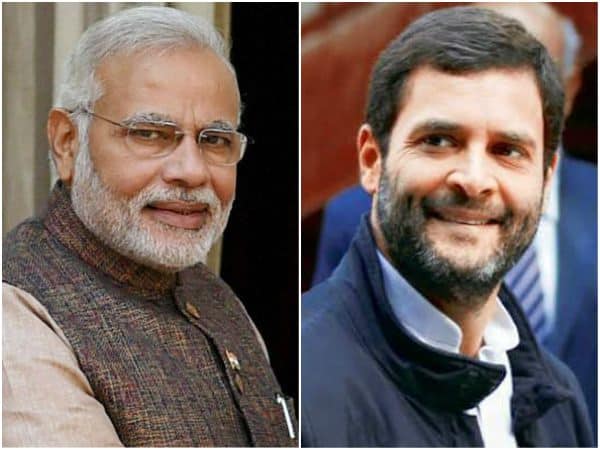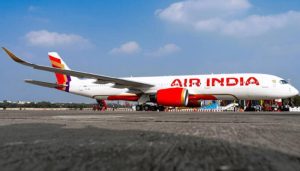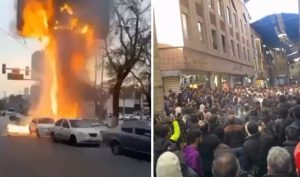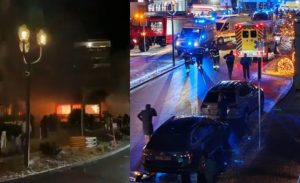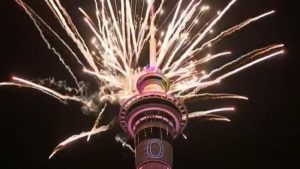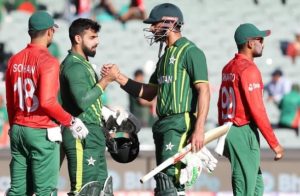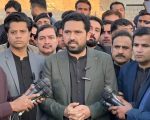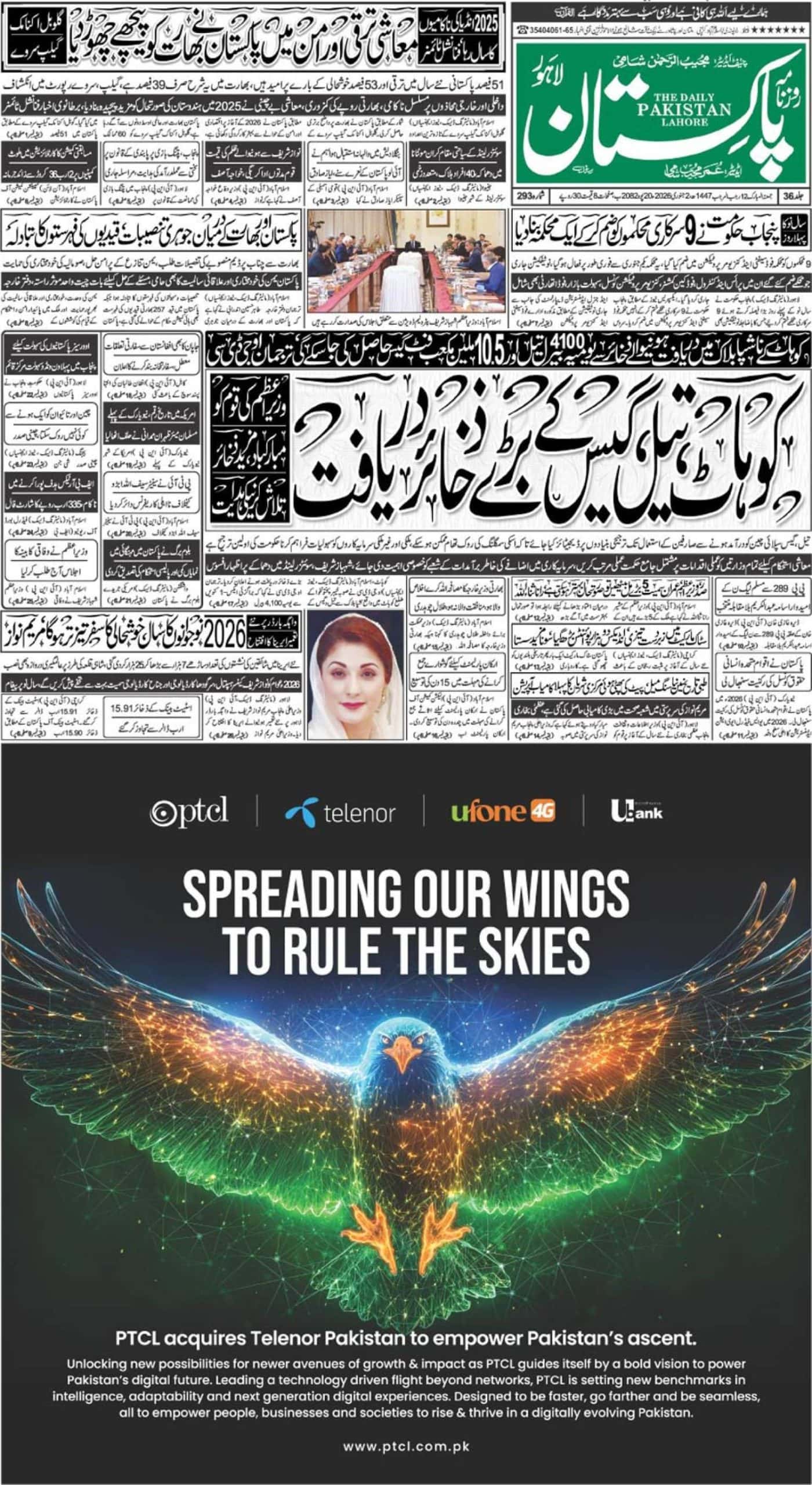Indian voters on Friday commenced the world’s largest general election, marking the first phase of the electoral process.
Prime Minister Narendra Modi seeks an unprecedented third consecutive term as leader of the nation.
With over 968 million eligible voters, polling will unfold over the next six weeks, with results anticipated on June 4. The voting schedule includes April 19, April 26, May 7, May 13, May 20, May 25, and June 1, with certain states completing the process in a single day while others span several phases.
The inaugural phase saw polling across 21 states and union territories, encompassing populous regions such as Uttar Pradesh, Bihar, Rajasthan, Tamil Nadu, and Maharashtra. Additionally, smaller northeastern states and the northern Himalayan territory of Jammu and Kashmir participated. Notably, this election marks the first in Kashmir following the revocation of its special autonomous status and statehood in 2019.
Rajiv Kumar, Chief Election Commissioner of India, informed reporters that an estimated 168.6 million individuals were expected to cast their votes on Friday. He underscored the extensive preparations undertaken over the past two years for this monumental undertaking.
The electoral landscape features over 2,600 political parties vying for 543 seats in the lower house of Parliament. To form a government, a party or coalition must secure a minimum of 272 seats.
Modi’s National Democratic Alliance, led by the Bharatiya Janata Party, aims for a resounding victory, targeting 400 seats. Opposition comes in the form of the Indian National Developmental Inclusive Alliance (INDIA), comprising a coalition of around two dozen parties, spearheaded by the Congress Party. Rahul Gandhi, scion of the Gandhi-Nehru political dynasty, leads the opposition coalition, seeking to challenge Modi’s dominance.

